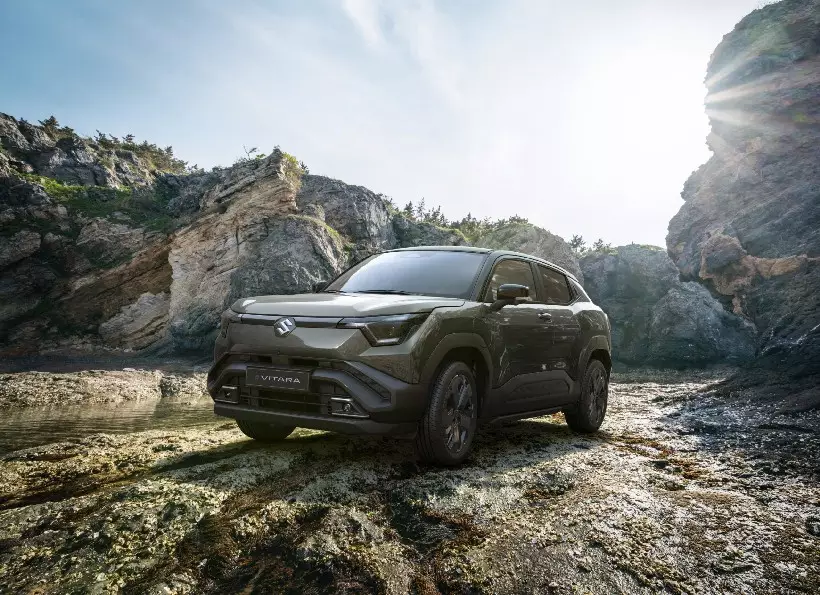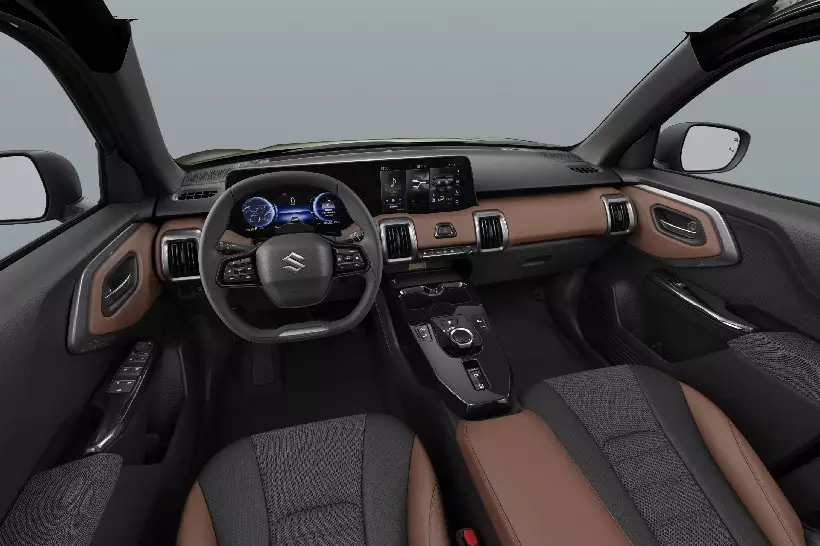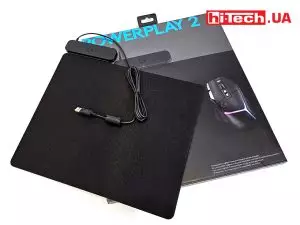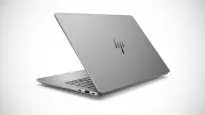Suzuki’s first electric crossover has a range of up to 500 km. It was called e VITARA
07.11.24
The Suzuki company presented its first mass-market electric car – the e VITARA crossover, built on the basis of the eVX concept. The electric car is equipped with the HEARTECT-e platform, specially developed for electric models. It received an increased wheelbase and large wheels, which makes it an attractive option among modern crossovers.
Suzuki e VITARA is offered in several configurations with different batteries and electric motors:
- Basic front-wheel drive version: 49 kWh battery, 106 kW engine and 189 Nm of torque. The range is about 400 km.
- Advanced front-wheel drive version: 61 kWh battery, 128 kW engine and 189 Nm of torque.
- All-wheel drive version: equipped with a battery with a capacity of 61 kWh and two motors – a main one with 128 kW and an additional one on the rear axle with a capacity of 48 kW.
 Total power — 135 kW, torque — 300 Nm, range — about 500 km.
Total power — 135 kW, torque — 300 Nm, range — about 500 km.

The electric car has the following dimensions: length – 4275 mm, width – 1800 mm, height – 1635 mm, wheelbase – 2700 mm. Ground clearance is 180 mm, and the weight varies from 1702 to 1899 kg depending on the configuration.
Production of the Suzuki e VITARA will begin in the spring of 2025, and sales are planned in various countries, including Europe, in the summer of 2025. The starting price is expected to be from $25,000, more detailed specifications and prices will be announced closer to the start of sales.

Don't miss interesting news
Subscribe to our channels and read announcements of high-tech news, tes
Logitech G Powerplay 2 wireless charging pad review

Logitech has great wireless mice, and there’s also the G Powerplay 2 wireless charging mat that will keep them charged right while you’re using them.
HP ZBook Ultra 14 laptops with AMD Strix Halo hybrid processors AMD HP laptop
HP has introduced a new series of ZBook Ultra 14 laptops, built on the basis of AMD Strix Halo hybrid processors.
It will be easier for Ukrainian operators to obtain land for mobile communication base stations events in Ukraine law
In Ukraine, they supported the revised draft law No. 9549, which will simplify the lease of land plots for the construction of mobile communication base stations.


